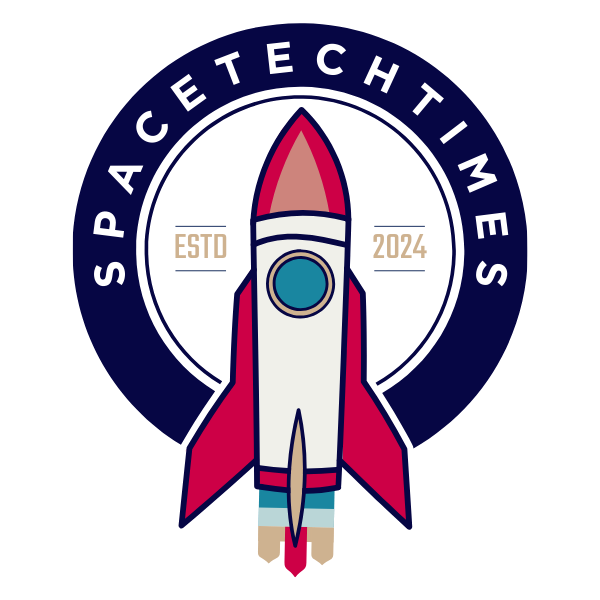India Unveils Secret Space Shield to Thwart Global Espionage by 2026
🛰️👁️ Surveillance Superpower? EU Pushes for 24/7 Satellite Feed to Capital Cities Amid Rising Threats
Too Fast to Fight: Hypersonic Weapons Force Nations to Weaponize the Sky with Satellites
Geostationary Gamble: China’s Shijian-25 Aims to Refuel a Decommissioned Satellite in Orbit
GPS Chaos in the Arctic Skies! Russian Electronic Warfare Hits NATO Airspace Over Norway and Finland
India Unveils Secret Space Shield to Thwart Global Espionage by 2026
🛰️👁️ Surveillance Superpower? EU Pushes for 24/7 Satellite Feed to Capital Cities Amid Rising Threats
Too Fast to Fight: Hypersonic Weapons Force Nations to Weaponize the Sky with Satellites
Geostationary Gamble: China’s Shijian-25 Aims to Refuel a Decommissioned Satellite in Orbit
GPS Chaos in the Arctic Skies! Russian Electronic Warfare Hits NATO Airspace Over Norway and Finland
India Unveils Secret Space Shield to Thwart Global Espionage by 2026
🛰️👁️ Surveillance Superpower? EU Pushes for 24/7 Satellite Feed to Capital Cities Amid Rising Threats
Too Fast to Fight: Hypersonic Weapons Force Nations to Weaponize the Sky with Satellites
Geostationary Gamble: China’s Shijian-25 Aims to Refuel a Decommissioned Satellite in Orbit
GPS Chaos in the Arctic Skies! Russian Electronic Warfare Hits NATO Airspace Over Norway and Finland
India Unveils Secret Space Shield to Thwart Global Espionage by 2026
🛰️👁️ Surveillance Superpower? EU Pushes for 24/7 Satellite Feed to Capital Cities Amid Rising Threats
Too Fast to Fight: Hypersonic Weapons Force Nations to Weaponize the Sky with Satellites
Geostationary Gamble: China’s Shijian-25 Aims to Refuel a Decommissioned Satellite in Orbit
GPS Chaos in the Arctic Skies! Russian Electronic Warfare Hits NATO Airspace Over Norway and Finland
Relativity Space Disrupts Aerospace Norms with 3D-Printed Rockets and Bold Terran R Vision
Published on January 25, 2025 by spacetechtimes.com

Founding a Bold Vision for Space
Relativity Space was founded in 2015 by Tim Ellis and Jordan Noone, two engineers who previously worked at Blue Origin and SpaceX. Their vision was ambitious: to transform aerospace manufacturing using cutting-edge automation and additive manufacturing—specifically, 3D printing. Headquartered in Long Beach, California, the company was launched with the aim of reducing the cost and complexity of building rockets, with the long-term goal of enabling humanity’s expansion to Mars.

Disrupting Aerospace with 3D Printing
Relativity Space is best known for its pioneering use of metal 3D printing to produce entire rockets. The company claims that 85% to 95% of its rocket components, including the engines and structure, are 3D printed using proprietary Stargate printers. This approach drastically reduces part counts, simplifies supply chains, and allows faster design changes. Relativity’s model emphasizes speed, scalability, and efficiency over traditional, labor-intensive manufacturing methods.
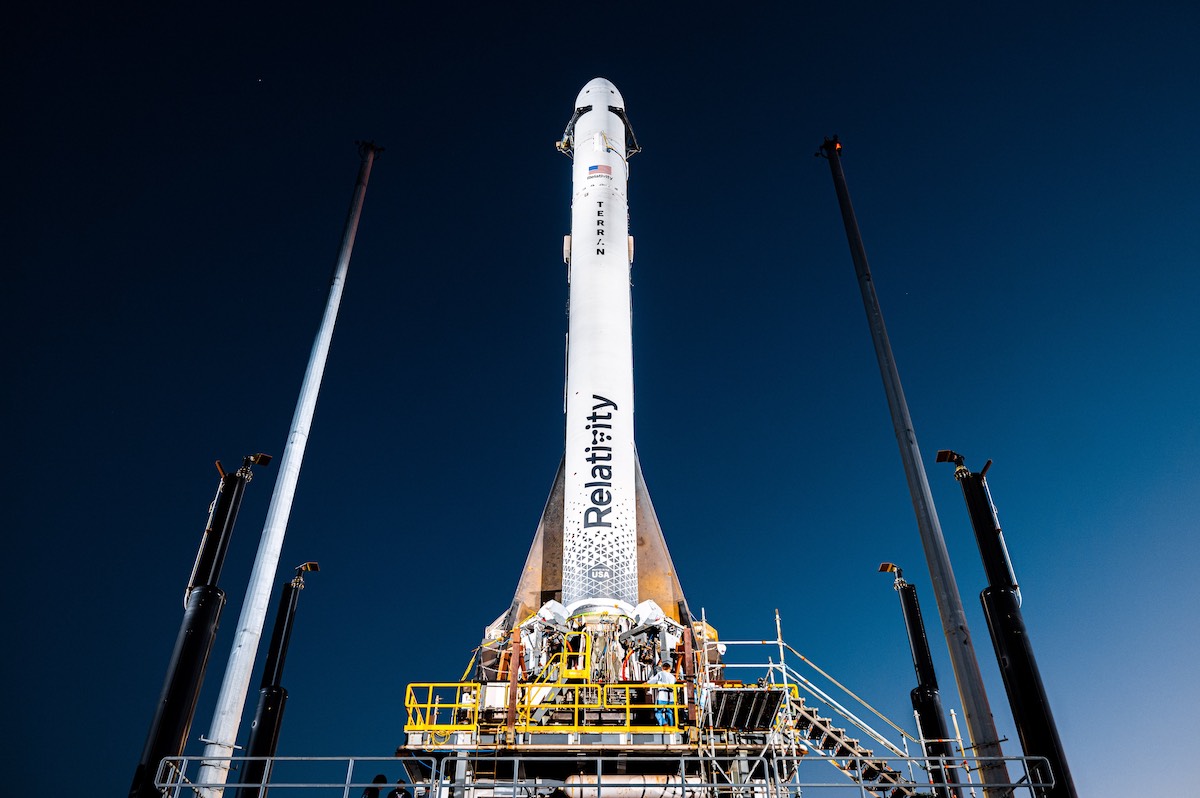
Terran 1: A Revolutionary Launch Vehicle
The company’s first orbital-class rocket, Terran 1, was designed to carry small to medium payloads into low Earth orbit (LEO). It featured nine Aeon 1 engines on the first stage and one on the second, all 3D printed and fueled by liquid methane and liquid oxygen (LOX). Terran 1 aimed to be the world’s first fully 3D-printed rocket. Its maiden flight occurred in March 2023 but did not reach orbit due to a second-stage failure. Despite the setback, the flight marked a major milestone for aerospace innovation.
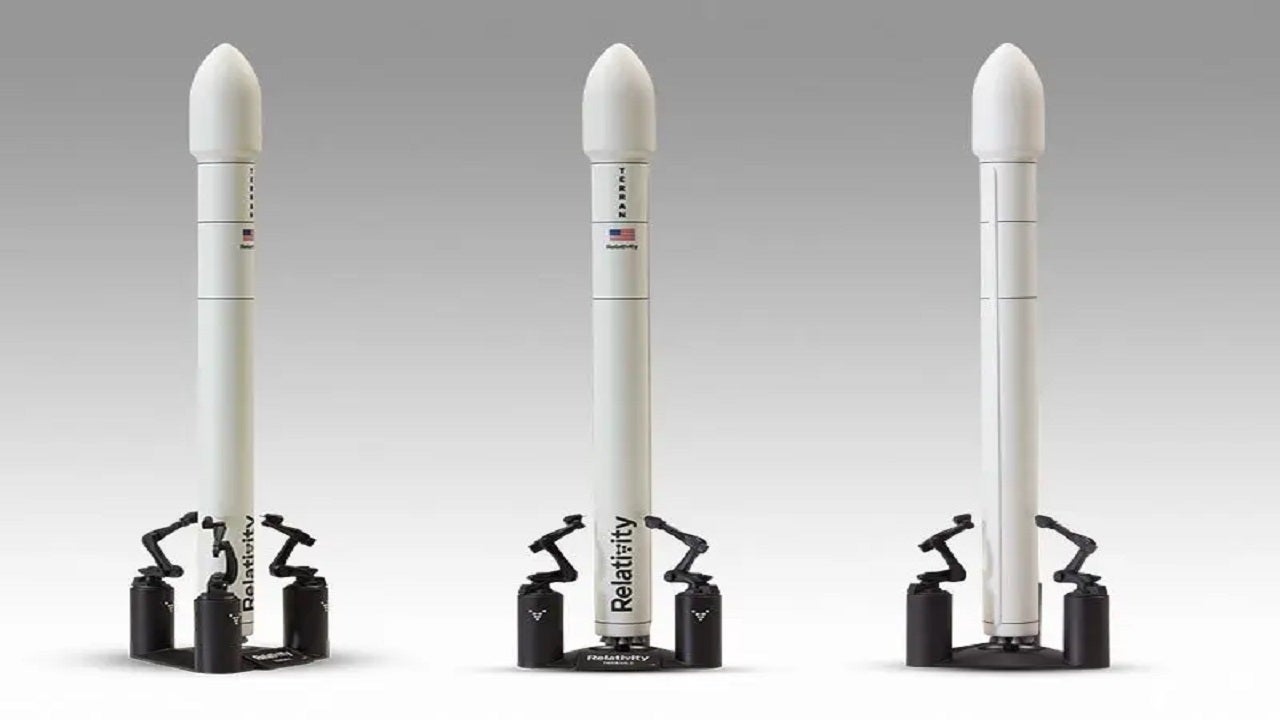
Terran R: Scaling Up for Reusability
Learning from the Terran 1 experience, Relativity announced the development of Terran R, a much larger, reusable rocket with ambitions to rival SpaceX’s Falcon 9. Terran R is designed for heavier payloads and will also be 3D printed extensively. The rocket will use a new engine, Aeon R, and feature full reusability for both stages. The company plans to launch Terran R from Cape Canaveral by the mid-2020s. If successful, it could significantly disrupt the commercial launch market by offering faster turnaround times and lower costs.

Stargate: The World’s Largest Metal 3D Printer
At the heart of Relativity’s operations is Stargate, its proprietary large-scale metal 3D printer. The latest version, Stargate 4th Gen, is capable of printing rockets up to 120 feet tall and 16 feet wide. The printer uses robotic arms and advanced software to deposit aluminum alloy in precise patterns. This level of automation enables Relativity to go from raw material to flight-ready rocket in just 60 days—a process that would traditionally take over a year.

Strategic Funding and Growth
Relativity Space has raised more than $1.3 billion from high-profile investors including Fidelity, BlackRock, and Mark Cuban. The company reached a valuation of over $4 billion in 2021. These funds have supported the expansion of its Long Beach headquarters and a 1-million-square-foot factory. It has also built new testing facilities at NASA’s Stennis Space Center in Mississippi. This robust financial backing underscores market confidence in its disruptive approach to aerospace manufacturing.
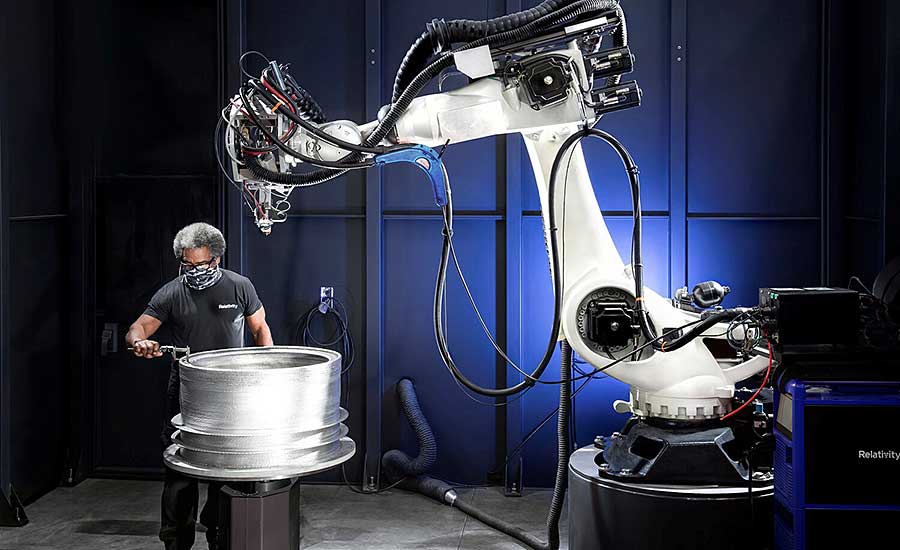
Partnerships and Government Collaborations
Relativity Space has secured several commercial contracts and memoranda of understanding with satellite operators and defense clients. It has agreements with NASA, the U.S. Department of Defense, and private firms for satellite launches aboard future Terran R missions. The company is also part of NASA’s Venture-Class Launch Services program. These partnerships demonstrate that Relativity’s capabilities are not just experimental—they’re being adopted by high-stakes customers with real orbital needs.
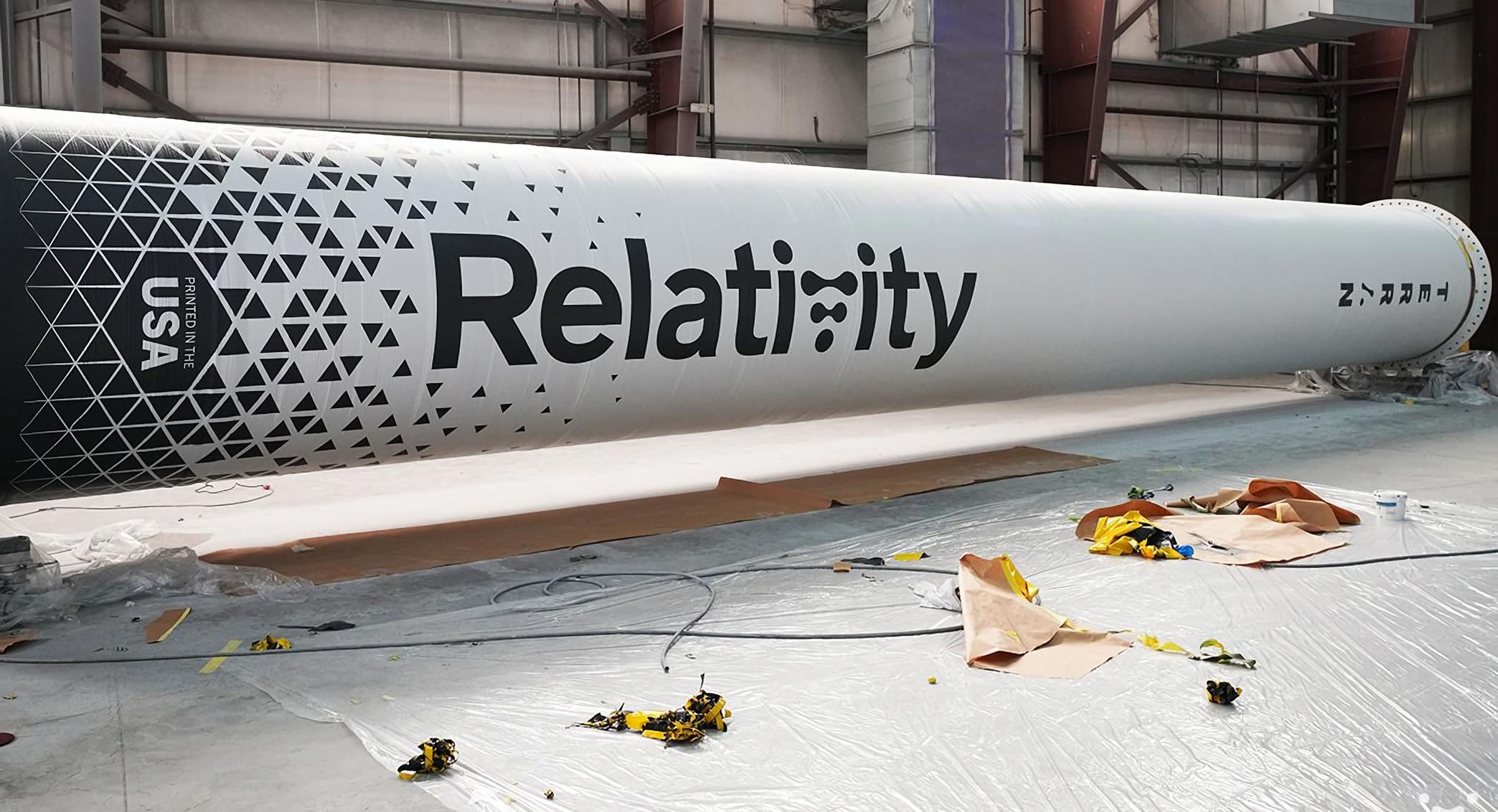
Shaping the Future of Launch Systems
Despite early challenges, Relativity Space continues to push the boundaries of aerospace engineering. Its combination of AI, 3D printing, and reusability positions it as a next-generation player in the space economy. While competitors like SpaceX and Rocket Lab remain dominant, Relativity’s innovation-driven model is carving out a distinct niche. As Terran R progresses toward flight readiness, the industry is watching closely to see if the promise of "rockets printed in days" can truly reshape access to space.
Spacetech Times is a dedicated news portal focused on the latest developments in the space sector. It provides comprehensive coverage of stories related to space startups and space businesses, highlighting their innovations, challenges, and achievements. The portal serves as a valuable resource for enthusiasts, professionals, and stakeholders in the space industry, offering insights into the rapidly evolving landscape of space technology and exploration. Through in-depth articles, interviews, and analysis, Spacetech Times keeps its readers informed about the cutting-edge advancements and entrepreneurial ventures that are shaping the future of space.
Space Business
India Unveils Secret Space Shield to Thwart Global Espionage by 2026
🛰️👁️ Surveillance Superpower? EU Pushes for 24/7 Satellite Feed to Capital Cities Amid Rising Threats
Too Fast to Fight: Hypersonic Weapons Force Nations to Weaponize the Sky with Satellites
Geostationary Gamble: China’s Shijian-25 Aims to Refuel a Decommissioned Satellite in Orbit
Space Technology
GPS Chaos in the Arctic Skies! Russian Electronic Warfare Hits NATO Airspace Over Norway and Finland
Iran’s GPS-Free Missile Stuns the West! Qassem-Basir Bypasses Jamming, Signals New Era in Warfare
Japan’s 2024 Mega Earthquake Sent Shockwaves into Space—Shocking New Satellite Data Revealed
ITU Under Fire: World’s Space Traffic Cop Powerless to Stop Spectrum Grab by Superpowers
© All Rights Reserved with Spacetech Times
30 N, Gould Street, Sheridan, Wyoming, US 82801
Contactus@spacetechtimes.com
Call Us on 7620164413
